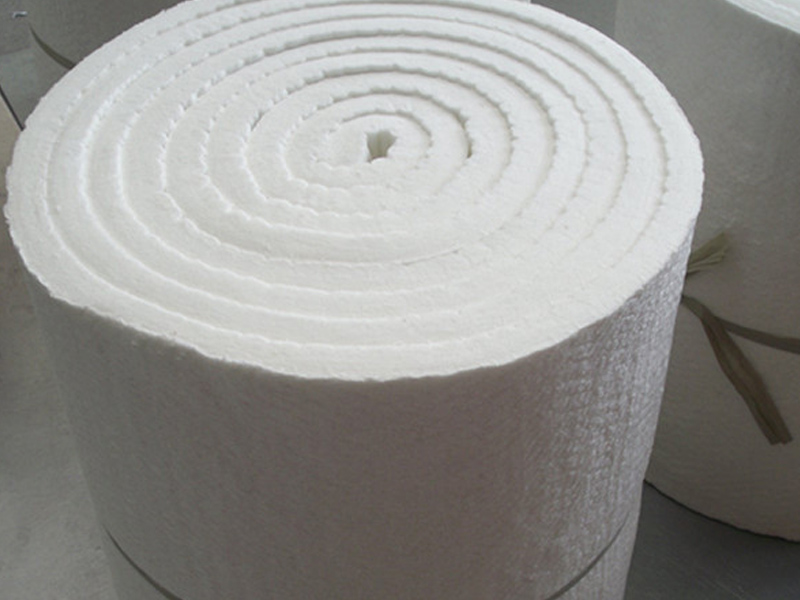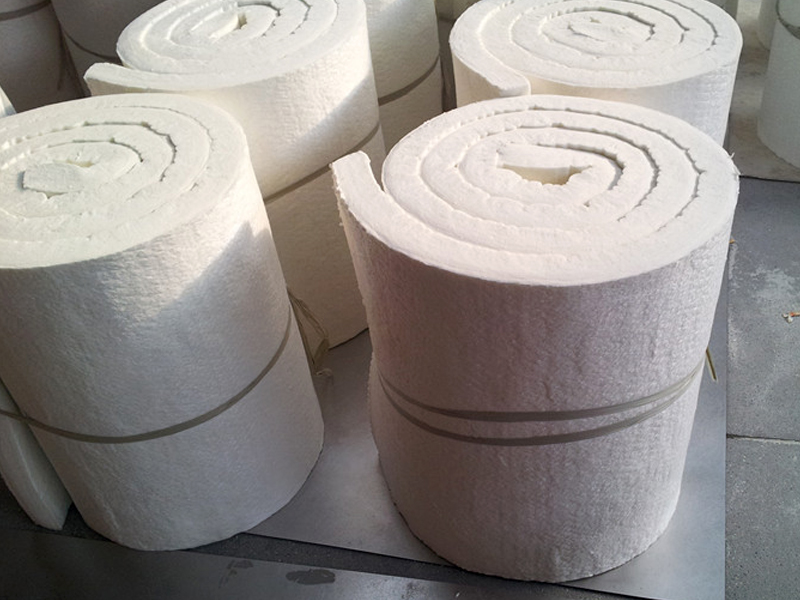Ceramic Fiber Insulation Blanket: Lightweight Thermal Protection for Extreme Temperatures
In industries where heat management defines efficiency and safety, ceramic fiber insulation blanket has become a cornerstone material. Engineered for superior thermal insulation, lightweight flexibility, and exceptional heat resistance, this material provides reliable protection for furnaces, kilns, and industrial equipment operating in high-temperature environments up to 1430°C.
Material Composition and Manufacturing
Ceramic fiber insulation blanket is produced from high-purity alumina-silica fibers through a spun or blown fiber process, ensuring a uniform, interwoven fiber structure. This composition delivers both low thermal conductivity and mechanical resilience, making it ideal for continuous insulation and high-efficiency heat containment.
Depending on the service requirements, several grades are available:
Standard (STD) – For general high-temperature insulation up to 1260°C
High-Purity (HP) – Enhanced purity for cleaner furnace atmospheres
High-Alumina (HA) – For increased resistance up to 1350°C
Zirconia (HZ) – For extreme environments up to 1430°C
Each ceramic fiber insulation blanket is needled mechanically for improved tensile strength and resistance to vibration and gas flow erosion.

Performance Features
1. Low Thermal Conductivity
The fibrous microstructure traps air within the material, minimizing heat transfer. This makes ceramic fiber insulation blanket one of the most effective materials for energy conservation and temperature control.
2. Lightweight and Flexible
Unlike rigid boards or bricks, this blanket can be easily cut, wrapped, or shaped, simplifying installation in complex geometries and reducing overall furnace weight.
3. Excellent Thermal Shock Resistance
With its low heat storage and resilience to rapid temperature changes, the blanket minimizes the risk of cracking or spalling under thermal cycling.
4. Chemical Stability and Corrosion Resistance
The material resists most chemical attacks and remains stable in oxidizing, reducing, and neutral atmospheres, except when exposed to hydrofluoric acid or strong alkalis.
5. Sound Absorption and Electrical Insulation
Its fibrous nature not only insulates heat but also provides sound absorption and electrical resistance — a valuable bonus in industrial settings.
Industrial Applications
The versatility of ceramic fiber insulation blanket makes it a preferred insulation solution across multiple high-temperature sectors:
Metallurgy and Steelmaking: Used as furnace lining, ladle insulation, and back-up layers to reduce heat loss.
Petrochemical Industry: Serves as insulation for reformers, heaters, and reactors, maintaining stable thermal profiles.
Ceramics and Glass Manufacturing: Installed in kiln walls, doors, and roof linings, ensuring even heating and lower energy consumption.
Power Generation: Applied in boiler linings, turbine insulation, and expansion joints, improving system efficiency.
Fire Protection Systems: Functions as thermal barriers, fireproof covers, and insulation wraps in industrial and commercial fire safety designs.

Advantages of Ceramic Fiber Insulation Blanket
Exceptional heat resistance with low heat storage
Lightweight and flexible, easy to install and handle
Energy-efficient and environmentally friendly
Non-asbestos, non-toxic, safe for operators
Durable under thermal cycling and mechanical vibration
Compatible with modules, boards, and other insulation systems
Application Insight
A ceramic fiber insulation blanket is often used as a hot-face lining or back-up insulation in multi-layer systems. When installed behind refractory bricks or modules, it significantly reduces shell temperature and energy loss. In lightweight furnaces or portable thermal systems, it serves as the primary insulation layer, offering both flexibility and performance.
Maintenance and replacement are simple — the blanket can be cut to precise dimensions, anchored using metal fasteners, or laminated with coatings for enhanced erosion resistance.
Conclusion
Ceramic fiber insulation blanket combines thermal efficiency, mechanical durability, and installation convenience, making it one of the most effective insulation materials for high-temperature applications. From steel plants and glass kilns to power stations and petrochemical units, it provides reliable heat containment and long service life with minimal maintenance.
For industries pursuing energy optimization and performance stability, ceramic fiber insulation blanket stands as a proven, cost-effective solution — a material designed for the next generation of thermal protection systems.
Inquiry Now
Please leave your e-mail and we will contact you as soon as possible
contact us
Your satisfaction is our top priority. Whether you have questions, need support, or want to share feedback, our dedicated team is ready to assist you every step of the way.